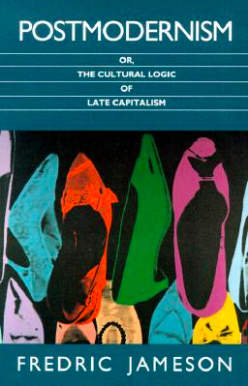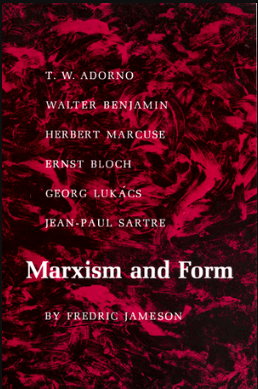More notes
———
Accumulations II [and literature]
Our times are times of the novella. Isn’t it that day by day we question how is it that things have come to this? At the same time reality is coming closer to the durée of “the novel”, since we lived fascinated by the aesthetic contradiction between past and future. If all of this is true, what place would “the novel” hold? For some, like Fredric Jameson, the postmodern is fading away and in its place is now occupied by writing of “itemisation”, the withdrawal (or renouncement) of the attempt to ‘estrange’ “our daily life and see it in new, poetic or nightmarish, ways” (“Itemised”). Karl Ove Knausgaard, Emmanuel Carrère and Valeria Luiselli would be just some items of this list. Valeria Luiselli’s Lost Children Archive (2019) captures in a nutshell what the current status of (Latin-American) fiction in early XXI century is. Yet, one should hesitate to simply take Jameson’s ‘itemisation’ of writing for granted. In a long passage in Luiselli, the main narrator of the novel states that “No one has quite been able to capture what is happening or say why. Perhaps it’s just that we sense an absence of future, because the present has become too overwhelming, so the future has become unimaginable. And without future, time feels like only an accumulation” (Lost Children 103). The narration then enlists all of those things accumulated (months, days, natural disasters, television series, terrorist attacks, divorces, mass migrations, birthdays, photographs, sunrises). The digression happens after the main narrator is asked by one of her children about what, how and when to take a photograph. The fact that, to explain the kid when to photograph, the narrator has to enlist both the emptiness of life, and the failure, of photographing in general when capturing or depicting our experience of time and life, illustrates an impossibility that the narration is aware of. The latter would be that “our ways of documenting the world have fallen short” (103) and consequently as much as experiences and other things are accumulated, the future seems unimaginable, undecidable.
This moment could à la lettre describe what Jameson’s sees in Knausgaard’s sixth book of My Struggle (if not in all the books of the series). Itemisation would be the shift from the aesthetic to the ethical, abandoning the first so that one can as Knausgaard or Luiselli contemplate a “solution to the problem of what to do with [oneself] and [oneself’s] life” (“Itemised”). Hence, for Jameson writing of itemisation is, somehow, the end of the duration of the novel. Since the contemporary novel, as a genre, has to renounce to conjugate the past (what has happened) and l’avenir (what is going to happen), the novel now can merely register a list of items that tentatively would become rereadings, returns to duration. Yet, the novel is hardly a renunciation. In Luiselli, the narration bets for an opening to the future, while hoarding the previous items, “You have to find your own way of understanding space, so that the rest of us can feel less lost in time” (103), tells the mother to the kid so that he would start shooting photographs. There is no duration, but a two folded direction that moves forward in the same direction.
It is not that things have not changed for the novel. Neither it is that the “postmodern” is slowly fading away (if it ever was fully holding sway all over the world). For once, it is true that the novel as “all life is a process of breaking down”, would say Fitzgerald. Something broke in the sphere of the novel, and in the one of the literary. The novel was the genre that better held the hybridity of the new subjects that emerged from the process of so-called primitive accumulation at the dawn of capitalism. While the vogelfrei were attached to their necessity to sell their work in the market, their will was always fugitive. In a same manner the novel was (is) a living contradiction, namely between the writer and their context, the original and the translation, the new and the new. Only the novel knew how to pile together a contradiction. If novellas are cartographies of lines of flight, novels are diagrams of spheres whose functioning lie in opposing semiospheres. To this extend, if the emergence and popularization of novellas (ending of XIX century- and early XX century) marked the shift from industrial accumulation in capitalism and its acceleration, switch and cohabitation to and with algorithm accumulation in the current state of capitalism that we live today, we are not only witnessing the novellation of history, but also the novellation of the novel. If this is true, the contradiction, the main mechanism of the novel, is blurring. The itemisation is not a renouncement, neither the re-disjunction or re-conjunction of duration, “but only a line of flight in the process of being drawn, toward a new acceptance, the opposite of renunciation or resignation —a new happiness?” (Deleuze and Guattari 207), and yet another process of hoarding, a new redirection of accumulation. And still, an opening for heaping history and the novel anew.



